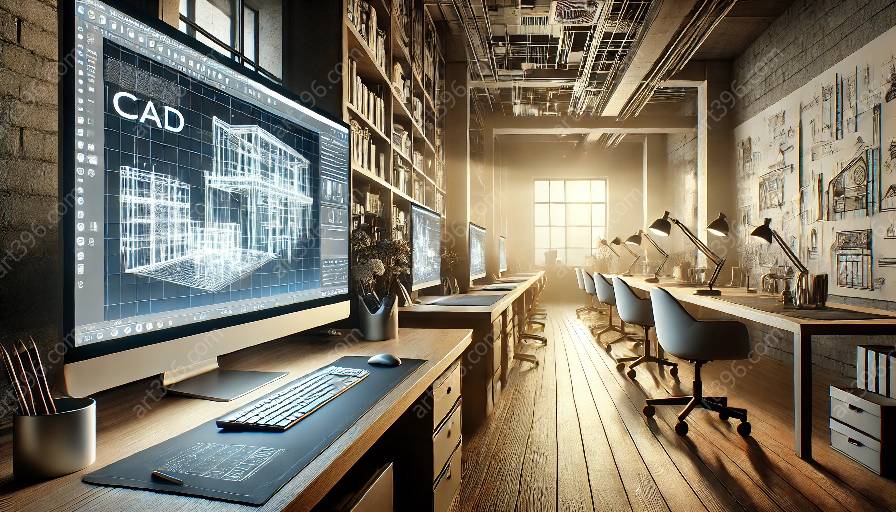Responsive architecture and computer-aided design (CAD) have revolutionized the field of architecture, offering innovative solutions for creating sustainable, adaptable, and efficient built environments. This topic cluster aims to explore the relationship between responsive architecture and CAD, delving into their individual components, as well as their interconnected approach to design and construction.
Understanding Responsive Architecture
Responsive architecture encompasses the design and development of buildings and structures that can adapt to various environmental conditions, user needs, and technological advancements. The principles of responsive architecture emphasize flexibility, sustainability, and user-centric design, aiming to create spaces that evolve alongside their surroundings and inhabitants.
Key Components of Responsive Architecture
Key components of responsive architecture include:
- Adaptive Building Envelopes: Utilizing smart materials and technologies to modulate sunlight, ventilation, and insulation based on external factors.
- Interactive Building Systems: Incorporating IoT (Internet of Things) devices and sensors to enable responsive and intuitive building management.
- Flexible Spatial Configurations: Designing interiors that can be easily reconfigured to accommodate changing activities and usage patterns.
The Role of Computer-Aided Design (CAD) in Architecture
Computer-aided design (CAD) has significantly transformed the architectural design and construction processes. By leveraging digital tools and technologies, architects and designers can visualize, simulate, and optimize their ideas with unparalleled precision and efficiency. The integration of CAD in architecture has not only enhanced the creative possibilities but also elevated the quality and performance of built environments.
Evolution of CAD Software for Responsive Design
The latest advancements in CAD software have been geared towards supporting responsive design principles. Features such as parametric modeling, BIM (Building Information Modeling), and generative design algorithms enable architects to conceptualize and refine responsive architectural solutions. CAD software now offers the ability to simulate various environmental conditions, evaluate energy performance, and iterate design iterations in real-time, aligning with the ethos of responsive architecture.
Applications of Responsive Architecture and CAD in Modern Architecture
The convergence of responsive architecture and CAD has profound implications for modern architectural practice:
- Sustainable Design: Responsive architecture, supported by CAD tools, facilitates the creation of energy-efficient and environmentally conscious buildings that respond to their surroundings in real-time.
- Adaptive Reuse and Renovation: Architects can employ responsive design strategies in the adaptive reuse and renovation of existing structures, maximizing their functionality and lifespan.
- User-Centric Environments: Through responsive design and CAD simulations, architects can tailor spaces to meet the diverse needs and preferences of their users, fostering inclusive and dynamic environments.
By integrating responsive architecture and CAD, architects are paving the way for a new era of intelligent, user-responsive built environments.

















































































